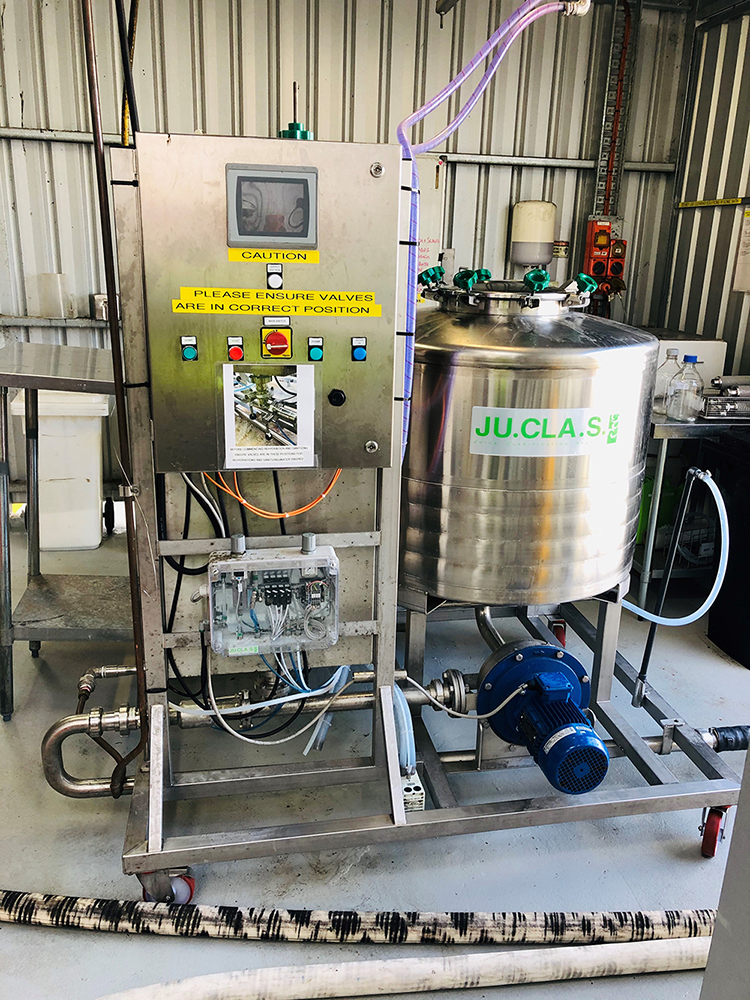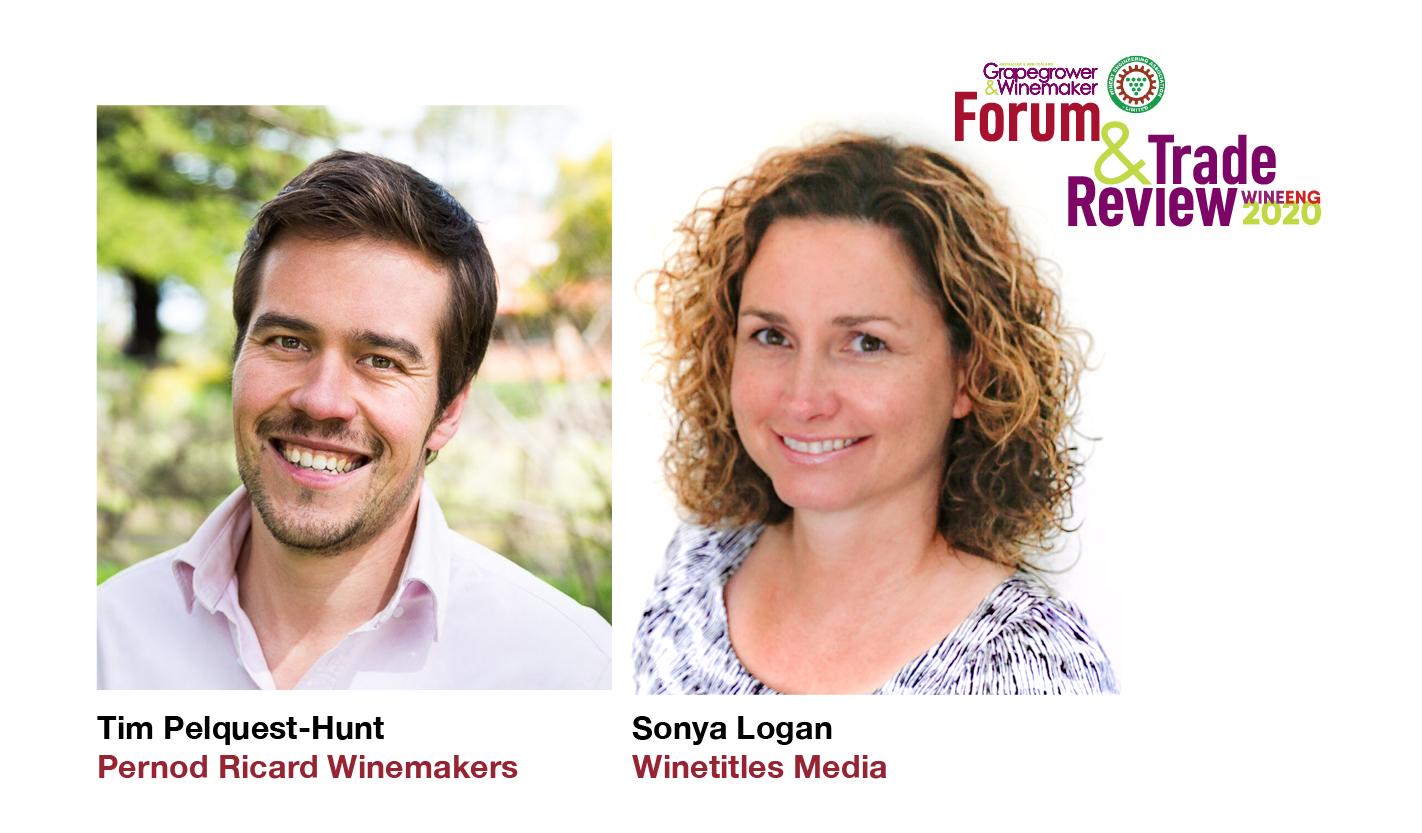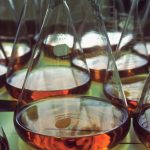Not a particularly glamorous but all-important step in making most wines — that is, those that don’t utilise wild yeasts — is rehydrating commercial dry yeasts to help ensure a strong and healthy fermentation. While the age-old method of yeast rehydration in a container is effective, over the last decade Pernod Ricard Winemakers has taken advantage of automated yeast rehydration systems. Sonya Logan spoke with Pernod Ricard Winemakers’ winemaker Tim Pelquest-Hunt to find out more.
The rehdyration of active dry yeasts is an essential step for achieving a high percentage of viabile cells that retain good qualities for successful fermentation. Usually carried out in a plastic or glass container or some sort, the end result ensures yeasts are conditioned for the fermentation environment that lies before them and their performance is optimised for the task of converting sugars to alcohol.
Although effective, rehydrating yeasts in this fashion requires fairly strict supervision and adherence to the necessary steps in the process; inconsistencies in the process may compromise the desired effectiveness.
In recent years, automated systems for yeast rehydration and conditioning have become available, giving wineries the flexibility to free up staff to undertake other tasks during the busy vintage period and promising cosistent results every time.

Tim Pelquest-Hunt, white, sparkling and red winemaker for Pernod Ricard Winemakers.
Pernod Ricard Winemakers has been utilising various forms of automated yeast rehydration for some 10 years at its operations in the Barossa Valley and over the last couple of years the wine company has installed Juclas Easyferm systems at its wineries at Rowland Flat and Richmond Grove. The makers of Easyferm say it is the first system to optimise all stages of rehydration and preconditioning of yeast.
Tim Pelquest-Hunt, white, sparkling and red winemaker for Pernod Ricard Winemakers, says the biggest advantage of the system is achieving consistency.
“Bucket rehydration can be as effective but it is a skilled task,” Pelquest-Hunt said. “Anyone performing rehydration needs to ensure that there is precision and monitor it carefully to ensure the output is optimal.
“Although it can be tempting to speed up the steps required for bucket rehydration, in doing so you actually risk compromising the overall viability of your cells and, in turn, potentially slow down your ferment or prevent it from being as clean or efficient as it could be. It does require that extra level of love and care to make sure that it’s done correctly.
“The rehydrator does it every time.
“Another good thing about the rehydrator is that it provides flexibility for staff to do other jobs simulatenously,” Pelquest-Hunt added. “Once you set it up you can walk away. You still have to follow the standard operating procedures. You can’t skip steps in terms of the set up. But once you have set the parameters and hit ‘go’, the operator can walk away and there’s your culture.”
He noted the rehydrator took longer to prepare a culture — 1.5-2 hours compared with 20-30 minutes using bucket rehydration — and a minimum volume was needed to justify its use.
“You wouldn’t do a small inoculation of say 100 grams via the rehydrator. You’d be better off doing that with a bucket. The strength of it is with larger cultures and, if you propagate your own yeast culture like we do, it’s quite useful from that perspective.”
Easyferm’s CIP (clean in place) system was also a handy feature.
“It’s really important that your environment is as sterile as it can be to start with to ensure that you’re propagating the right culture and promoting the desired microbial activity. The CIP throughougly cleans the unit so that there are no nooks and crannies for other stuff to grow in,” Pelquest-Hunt said.

One of two Juclas Easyferm automatic yeast rehydrators used by Pernod Ricard Winemakers at its Rowland Flat and Richmond Grove wineries.
This free on-demand webinar is launched on 21 September 2020.
Register online here
This article was originally published in the September issue of The Australian & New Zealand Grapegrower & Winemaker. To find out more about our monthly magazine, or to subscribe, click here!





















